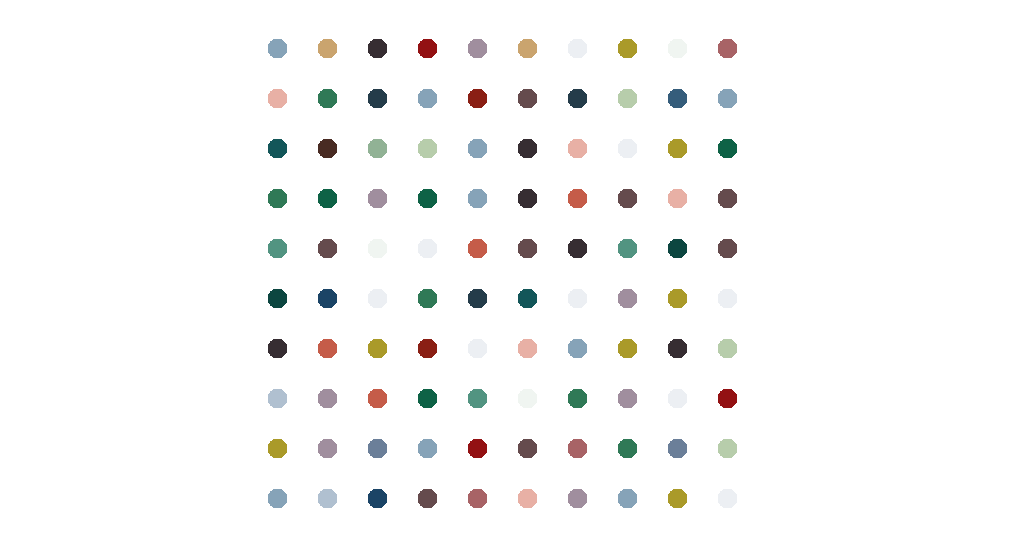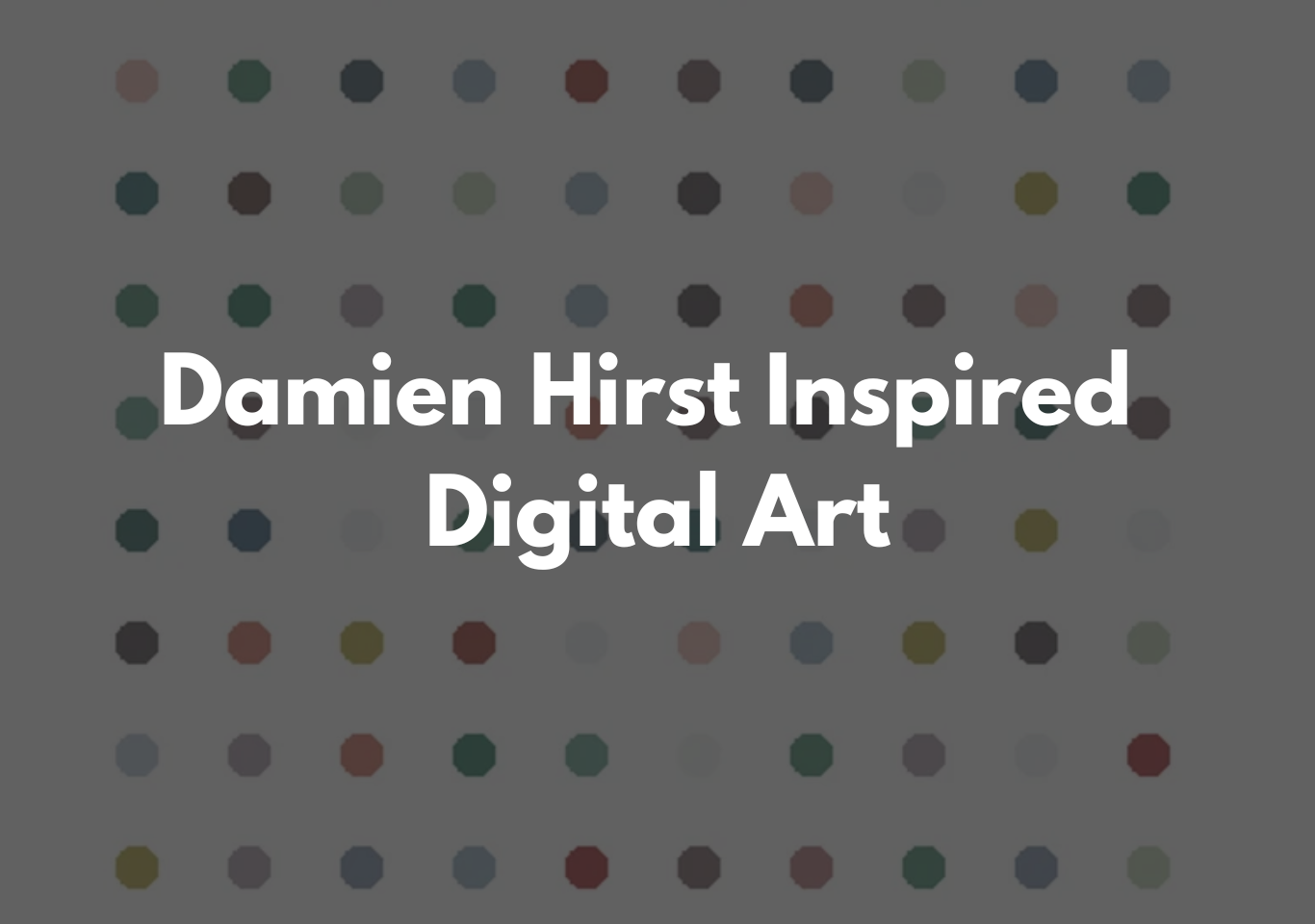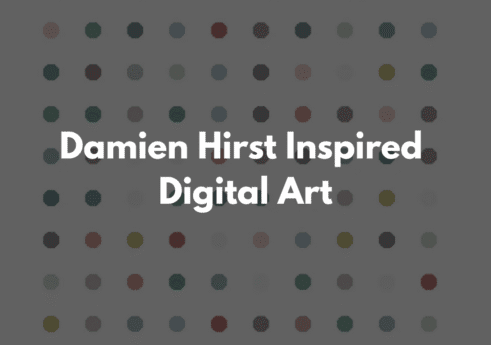Introduction
A Hirst Painting, often referred to as Damien Hirst’s “Spot Painting,” is a series of artworks featuring colorful dots arranged in rows and columns. Damien Hirst’s iconic spot paintings are instantly recognizable.
They are composed of rows of multicolored dots arranged sequentially on a canvas, with each piece distinct due to its vibrant and unpredictable color palette. While these paintings are traditionally handcrafted, the world of programming allows us to replicate the same creative effect digitally. You may create a Hirst Painting in Python by combining dot grids, color patterns, and simple images. This combination of art and code has become a popular project in the Python community, particularly among novices who want to experiment with creative programming.
Key characteristics of Hirst’s spot painting
- Equal-sized, circular dots.
- Rows and columns form a grid.
- Randomly chosen colors.
- A mix of mathematical order and artistic freedom.
The Hirst Painting in Python project provides a wonderful introduction to creative coding. It reinforces fundamental programming concepts while enabling artistic exploration. Whether you’re a newbie learning loops or an artist diving into generative art, this project provides an ideal balance of technical practice and creative freedom. We are using turtle libraries for generating this digital art.

Why Use Python for Digital Art?
Well, Python is one of the most beginner-friendly programming languages. It features a straightforward syntax, a comprehensive collection of libraries, and built-in modules that enable developers and artists to build visualizations quickly. The benefits of using Python for art projects are mentioned below.
- Python is free and extensively used.
- Generative art allows for randomness and variation, which is completely compatible with Hirst’s approach.
- Beginners improve their programming skills by building something visually appealing.
- Artists can experiment with size, spacing, and colors to create an endless array of permutations.
- Hirst-inspired dot paintings are one of the most popular starter projects because they blend creativity and coding skills.
Concept of a Hirst Painting
- Start with a blank canvas.
- Arrange dots in a grid using loops.
- Choose colors randomly for each dot to simulate uniqueness.
- Repeat until the grid is filled with colorful spots.
Learning Outcomes from Hirst Painting
- Understanding loops: Repetition is the backbone of grid-based art.
- Randomization: Color selection introduces probability and randomness.
- Working with graphics: Python’s built-in turtle graphics make drawing intuitive.
- Creativity in programming: It shows how code is not just functional but also expressive.
How to use this Hirst painting?
- Download and extract the source code.
- Set up an editor or IDE. (pycharm, anaconda)
- Execute the project.
- See the making of Hirst’s painting.
- Enjoy and share
To make it easy for you to try this project on your own system, we’ve packaged the complete Python source code into a downloadable file. Click the download button below to get the source code for this Hirst Painting in Python project.



Fantastic site Lots of helpful information here I am sending it to some friends ans additionally sharing in delicious And of course thanks for your effort
Your blog is a breath of fresh air in the crowded online space. I appreciate the unique perspective you bring to every topic you cover. Keep up the fantastic work!
I simply could not go away your web site prior to suggesting that I really enjoyed the standard info a person supply on your guests Is going to be back incessantly to investigate crosscheck new posts